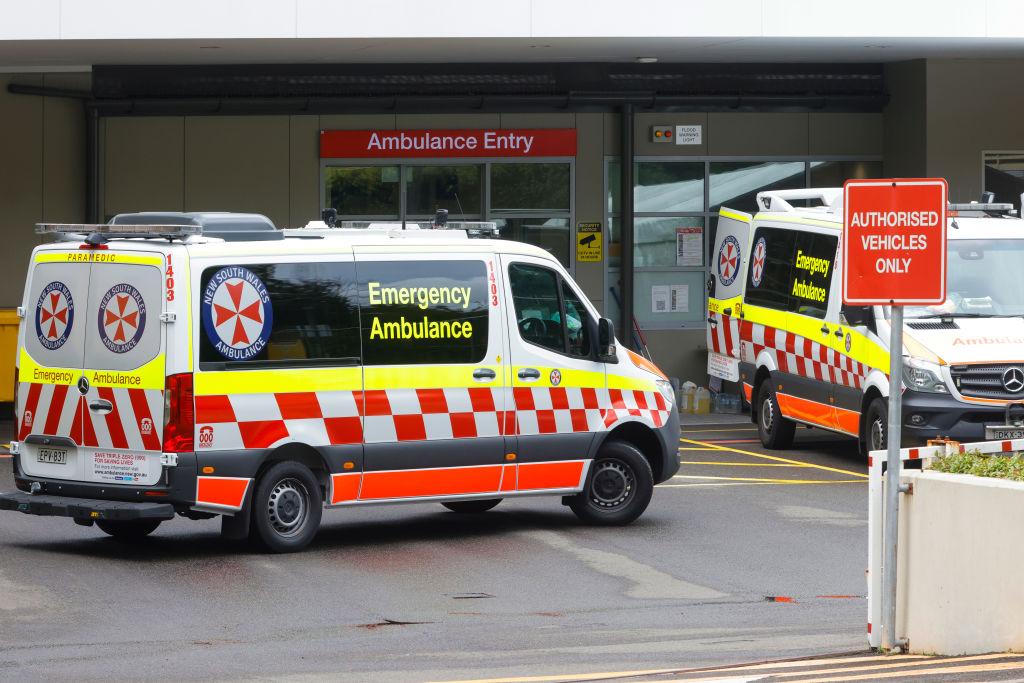The maximum time to hip fracture surgery was reduced from 48 hours to 36 hours after a health care commission found one in four older people died within 12 months of a hip injury, a considerably increased death risk.
The Australian Commission on Safety and Quality in Health Care (ACSQHC) launched the updated national Hip Fracture Clinical Care Standard (pdf) at the binational Hip Fest 2023 conference hosted by the Australian & New Zealand Hip Fracture Registry (ANZHFR) on Sept.11.





